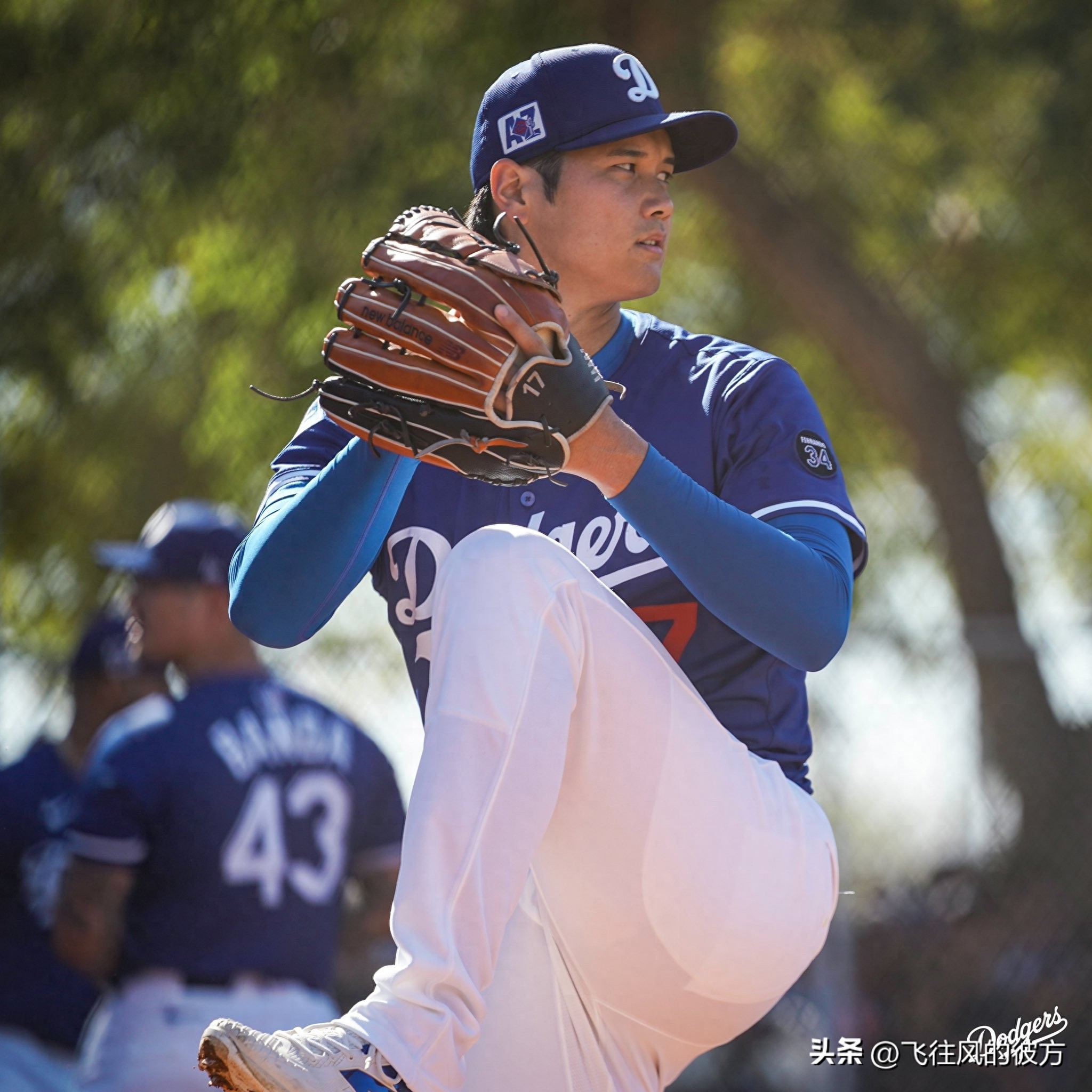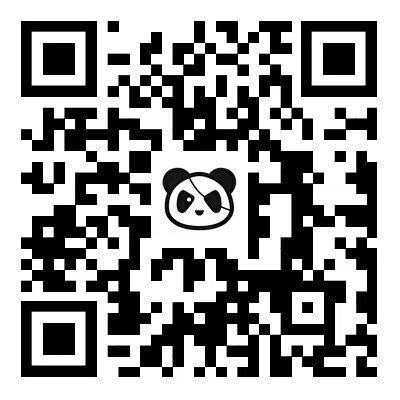Shohei Ohtani entered the cowshed for the first time in spring training to practice his throwing speed, and his performance was outstanding

In the first week of the Los Angeles Dodgers' return to Camelback Ranch, Shohei Ohtani attracted a lot of attention. Dozens of members of the media followed his training closely, while hundreds of fans excitedly waited to catch a glimpse of the superstar. And on Saturday morning, those in attendance finally got a glimpse of what many of the Dodgers had been waiting for in their spring training camp: Shohei Ohtani made his first cowpen practice shot since spring training, a major step in his return to second-class players.
Shohei Ohtani threw 14 balls, all of which were two-stitch and four-stitch speedballs. Head coach Dave Roberts said his ball speed was between 92 and 94 mph and thought it was "fantastic" for Ohtani's first bullpen practice pitch.
"The ball is in very good shape," Roberts said. "I think he's very happy with this practice. Good possession and good ball speed. It was a very positive day for Ohtani. ”
Shohei Ohtani underwent surgery to repair the ulnar collateral ligament of his right elbow in September 2023 and underwent surgery on his left shoulder in November last year. He is expected to be ready for the opening game as a hitter and return to the Major League Pitcher Mound sometime in May.
During the practice pitching process, Shohei Ohtani communicated frequently with the coach and staff behind him, checking his ball speed and ball path movement data, and comparing it with his feeling on the pitcher's mound. Although the technical equipment occasionally malfunctioned and failed to provide all the data he wanted, when the equipment was functioning properly, he adjusted the next pitch based on the feedback.
All of this is in line with the Dodgers' usual rigorous and focused attitude towards Shohei Ohtani. "He's very aware of his pitching form, so his ideas are very much in line with the results shown in the data," Roberts said. ”
With less than a month to go before the Dodgers travel to Tokyo, Roberts thinks Shohei Ohtani could face a real fighter before the team leaves spring training. However, it remains to be seen if he will be able to complete his pitching training in a short period of time, but it will eventually be part of his recovery process.
The Dodgers don't plan to let Shohei Ohtani pitch in a Cactus League game, nor will they let him play a minor league rehab game during the regular season. While there is a rule that allows second-rate players to play rehab as pitchers without being on the injured roster, the Dodgers prefer to keep Ohtani in the line as a designated hitter (DH) if possible.
Therefore, how Shohei Ohtani can accumulate the number of rounds and balls pitched without actual combat has become a problem. The current plan seems to be to involve him in a mock race.
"We had a lot of mock games for the rehab players in the early days," said pitcher coach Mark Prior. "It's probably going to be some form of mock competition...... I'm not sure exactly how this will work, but maybe it's going to be a bench player coming on the floor, or maybe a few minor league players to get involved, as we have done in the past. ”
The main challenge in bringing Shohei Ohtani back as both a hitter and a pitcher was that there was no blueprint for his rehab to follow. Ohtani could draw on his previous experience recovering from Tommy John surgery, but the recovery from a second major elbow surgery was much more difficult.
In the early days of spring training, the Dodgers split Ohtani's batting and pitching volumes as much as possible. As spring training draws to a close, the training volume is likely to increase. Looking ahead, Andrew Friedman, president of baseball operations, said the team plans to have Ohtani pitch and serve as a designated batter in the same game sometime this season.
In many ways, the Dodgers relied heavily on feedback from Shohei Ohtani to adjust his recovery process and find the best way to recover in this uncharted territory.
"What he did was very unique and we didn't have any data to look back on, like, 'Oh, this is how this player recovers when we have this situation,'" Friedman said. It's so unique and we definitely need his feedback. He is also very aware of his physical condition, so we have positive communication with each other. ”










 Links
Links
 Contact
Contact
 App
App


